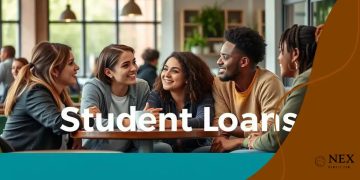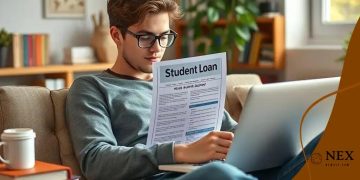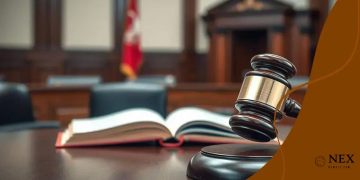Latest Updates on US Student Loan Forgiveness Programs

Anúncios
The latest updates to US Student Loan Forgiveness Programs include proposed changes to income-driven repayment plans, expansions of eligibility for existing programs like Public Service Loan Forgiveness (PSLF), and ongoing legal challenges to broad-based debt cancellation efforts.
Navigating the complex landscape of student loan forgiveness programs can be daunting. Let’s explore what are the latest updates to US Student Loan Forgiveness Programs? and how these changes might affect you.
Anúncios
Understanding Current Student Loan Forgiveness Initiatives
The current landscape of student loan forgiveness is shaped by a combination of existing programs and recent policy shifts. Understanding these initiatives will equip you to navigate your options effectively.
Public Service Loan Forgiveness (PSLF) Program
The Public Service Loan Forgiveness Program rewards borrowers who dedicate their careers to public service. It offers loan forgiveness after 120 qualifying monthly payments under a qualifying repayment plan while working full-time for a qualifying employer.
Anúncios
- Eligibility primarily includes those employed by government organizations, non-profits, and other public service entities.
- Qualifying repayment plans, such as income-driven repayment (IDR) plans, are necessary for PSLF eligibility.
- Recent reforms, like the Limited PSLF Waiver, have temporarily broadened eligibility, allowing for previously non-qualifying payments to count towards forgiveness.
Income-Driven Repayment (IDR) Plans
IDR plans adjust your monthly loan payments based on your income and family size. These plans offer forgiveness after a certain period (typically 20 or 25 years), even if you haven’t fully repaid your loan.
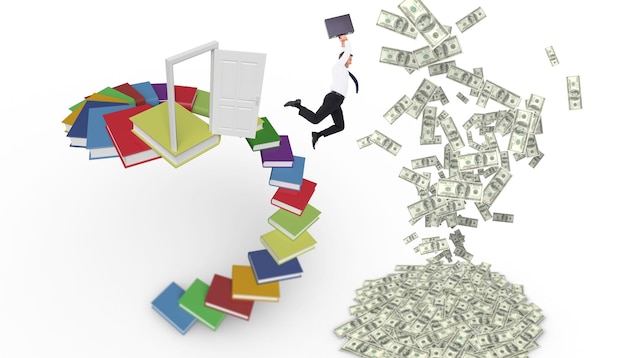
In conclusion, understanding current initiatives like PSLF and IDR plans is crucial for borrowers seeking student loan forgiveness. Staying informed about eligibility requirements and program specifics can help you make the most of these opportunities.
Biden-Harris Administration’s Forgiveness Plans
The Biden-Harris administration has proposed and implemented several student loan forgiveness plans aimed at providing broader relief to borrowers. Some of these plans have faced challenges, while others continue to evolve.
The Proposed Broad-Based Debt Cancellation
The administration initially proposed a plan to cancel up to $10,000 in federal student loan debt for borrowers earning under $125,000 per year, and up to $20,000 for Pell Grant recipients. This plan faced legal challenges and was ultimately struck down by the Supreme Court.
- The legal challenges focused on the administration’s authority to implement such a broad-based cancellation without explicit congressional approval.
- Despite the Supreme Court’s ruling, the administration has signaled its commitment to finding alternative legal pathways to provide debt relief.
- Borrowers who applied for the initial debt cancellation plan may still be eligible for other forgiveness programs.
SAVE Plan (Saving on A Valuable Education)
The SAVE Plan is a new income-driven repayment plan designed to lower monthly payments and accelerate forgiveness for eligible borrowers. It replaces the existing REPAYE plan.
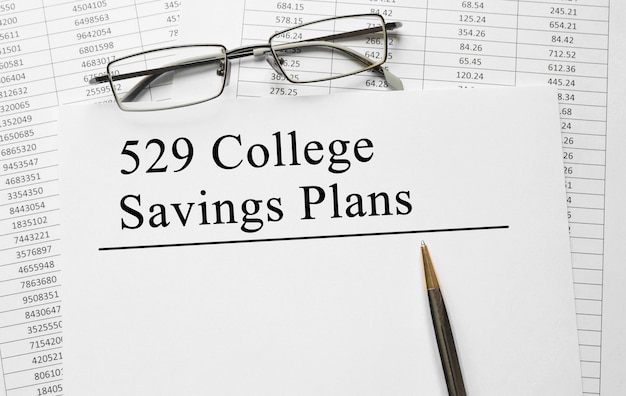
The Biden-Harris administration remains committed to providing student loan relief despite setbacks, with the SAVE Plan and ongoing efforts to find alternative debt relief pathways. Borrowers should stay informed about eligibility requirements and application processes for these initiatives.
Navigating the Public Service Loan Forgiveness (PSLF) Program
The Public Service Loan Forgiveness (PSLF) program is a critical pathway to debt relief for those serving their communities. Successfully navigating this program requires understanding eligibility criteria and application processes.
Eligibility Requirements for PSLF
To qualify for PSLF, borrowers must be employed full-time by a qualifying employer, such as a government organization or a non-profit. They must also make 120 qualifying monthly payments under a qualifying repayment plan.
- Qualifying employers include federal, state, local, and tribal governments.
- Qualifying repayment plans include income-driven repayment (IDR) plans like Income-Based Repayment (IBR), Pay As You Earn (PAYE), and Saving on A Valuable Education (SAVE) plan.
- Only payments made while working for a qualifying employer and under a qualifying repayment plan count towards the required 120 payments.
Applying for PSLF and Tracking Progress
The PSLF application process involves submitting the Employment Certification for Public Service Loan Forgiveness (PSLF) & Temporary Expanded PSLF (TEPSLF) form. This form helps confirm that your employer qualifies for PSLF. Submit it annually or whenever you change employers.
In conclusion, navigating the PSLF program requires careful attention to eligibility requirements and application processes. Regularly certifying your employment and tracking your progress can help ensure you stay on track for loan forgiveness.
Income-Driven Repayment (IDR) Plan Adjustments
Income-Driven Repayment (IDR) plans are undergoing significant adjustments aimed at making loan repayment more affordable and accelerating loan forgiveness. Understanding these changes is essential for borrowers seeking long-term relief.
The IDR Account Adjustment
The IDR Account Adjustment is a one-time review of IDR payment counts designed to credit borrowers with time towards forgiveness. This adjustment counts certain periods, such as deferments and forbearances, towards IDR forgiveness.
- Borrowers with older loans or those who have experienced long periods of deferment or forbearance are most likely to benefit from this adjustment.
- The adjustment is automatic for borrowers with commercially held FFEL loans who consolidate into the Direct Loan program.
- Borrowers should ensure their contact information is up-to-date with their loan servicer to receive notifications about the adjustment.
Changes to IDR Forgiveness Timelines
The SAVE plan shortens forgiveness timelines for borrowers with original loan balances of $12,000 or less. Under this plan, borrowers can receive forgiveness after as little as 10 years of payments.
In conclusion, understanding IDR plan adjustments, including the IDR Account Adjustment and changes to forgiveness timelines, is essential for borrowers seeking long-term relief. These adjustments can significantly impact your path to loan forgiveness.
The Future of Student Loan Forgiveness: What to Expect
The future of student loan forgiveness remains uncertain, with ongoing policy debates and potential legal challenges shaping the landscape. Staying informed about key areas can help you plan for the future.
Potential for Further Legislative Action
Further legislative action could significantly impact student loan forgiveness. Congress could enact new laws to authorize broad-based debt cancellation or reform existing forgiveness programs.
- Legislative proposals may include provisions to simplify the PSLF program or expand eligibility for IDR plans.
- The political climate and the composition of Congress will influence the likelihood of new laws being enacted
- Borrowers should stay informed about legislative developments and advocate for policies that support student loan forgiveness.
The Impact of Court Decisions and Policy Changes
Court decisions and policy changes will continue to shape the future of student loan forgiveness. Legal challenges to existing programs and new policy initiatives can create uncertainty for borrowers.
In conclusion, the future of student loan forgiveness remains uncertain, with ongoing policy debates and potential legal challenges shaping the landscape. Staying informed about potential legislative action and the impact of court decisions can help you plan for the future.
Resources for Staying Informed and Getting Help
Staying informed about student loan forgiveness programs and accessing available resources can help you navigate the complexities of student loan repayment and forgiveness. Here’s how to stay informed and get the help you need.
Official Government Websites and Tools
Official government websites, such as the Department of Education’s website, provide valuable information about student loan forgiveness programs and repayment options. The Loan Simulator tool can help you estimate your payments under different repayment plans.
- The Department of Education’s website is the official source for information about federal student loans.
- The Loan Simulator tool can help you estimate your payments under different repayment plans.
- Create an account on the Federal Student Aid website to access your loan information and track your progress towards forgiveness.
Non-Profit Organizations and Financial Counseling
Non-profit organizations and financial counseling services can provide unbiased advice and guidance on student loan repayment and forgiveness. These organizations can help you understand your options and develop a plan.
In conclusion, staying informed about student loan forgiveness programs and accessing available resources can help you navigate the complexities of student loan repayment and forgiveness. Official government websites, non-profit organizations, and financial counseling services can provide valuable assistance.
| Key Point | Brief Description |
|---|---|
| 🧑🎓 PSLF | Forgives loans for public service employees after 120 qualifying payments. |
| 💰 SAVE Plan | Income-driven repayment plan lowering monthly payments and accelerating forgiveness. |
| ⏱️ IDR Adjustment | One-time review crediting borrowers with time towards IDR forgiveness. |
| ⚖️ Legal Challenges | Broad-based debt cancellation efforts face ongoing legal obstacles. |
Frequently Asked Questions (FAQ)
The PSLF program forgives the remaining balance on your Direct Loans after you have made 120 qualifying monthly payments while working full-time for a qualifying employer. These employers typically include government organizations and non-profits.
The SAVE (Saving on A Valuable Education) Plan is an income-driven repayment plan designed to lower monthly payments. It replaces the REPAYE plan and offers faster forgiveness for borrowers with smaller loan balances.
The IDR Account Adjustment is a one-time review of IDR payment counts to credit borrowers with time towards forgiveness. It includes periods of deferment and forbearance, potentially accelerating the forgiveness timeline.
You can track your progress by submitting the Employment Certification for Public Service Loan Forgiveness (PSLF) form annually or when you change employers. It helps confirm your employer qualifies and tracks qualifying payments.
Official government websites like the Department of Education and non-profit organizations offer reliable information. Additionally, consider seeking guidance from financial counseling services for personalized advice.
Conclusion
Staying informed about the latest updates to US student loan forgiveness programs is crucial for borrowers seeking relief. From navigating PSLF and IDR plans to understanding the implications of policy changes, proactive engagement can lead to better financial outcomes and a clearer path to loan forgiveness.

